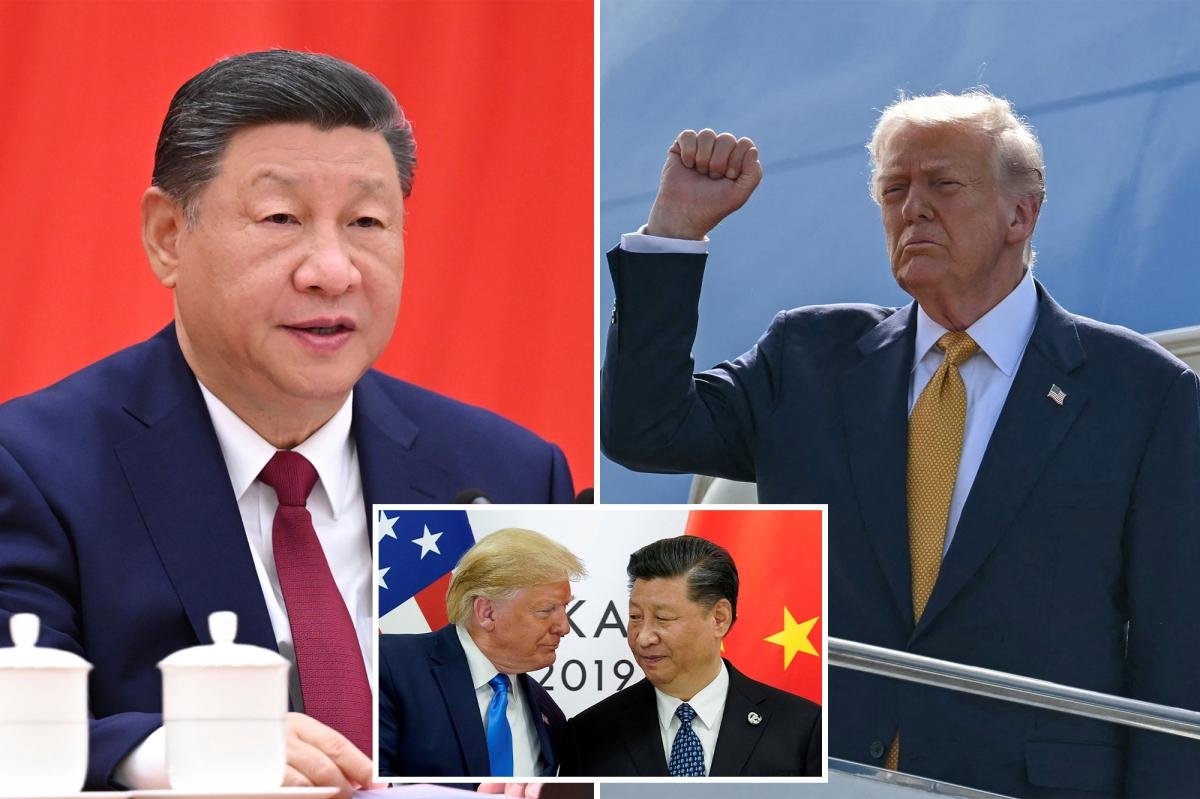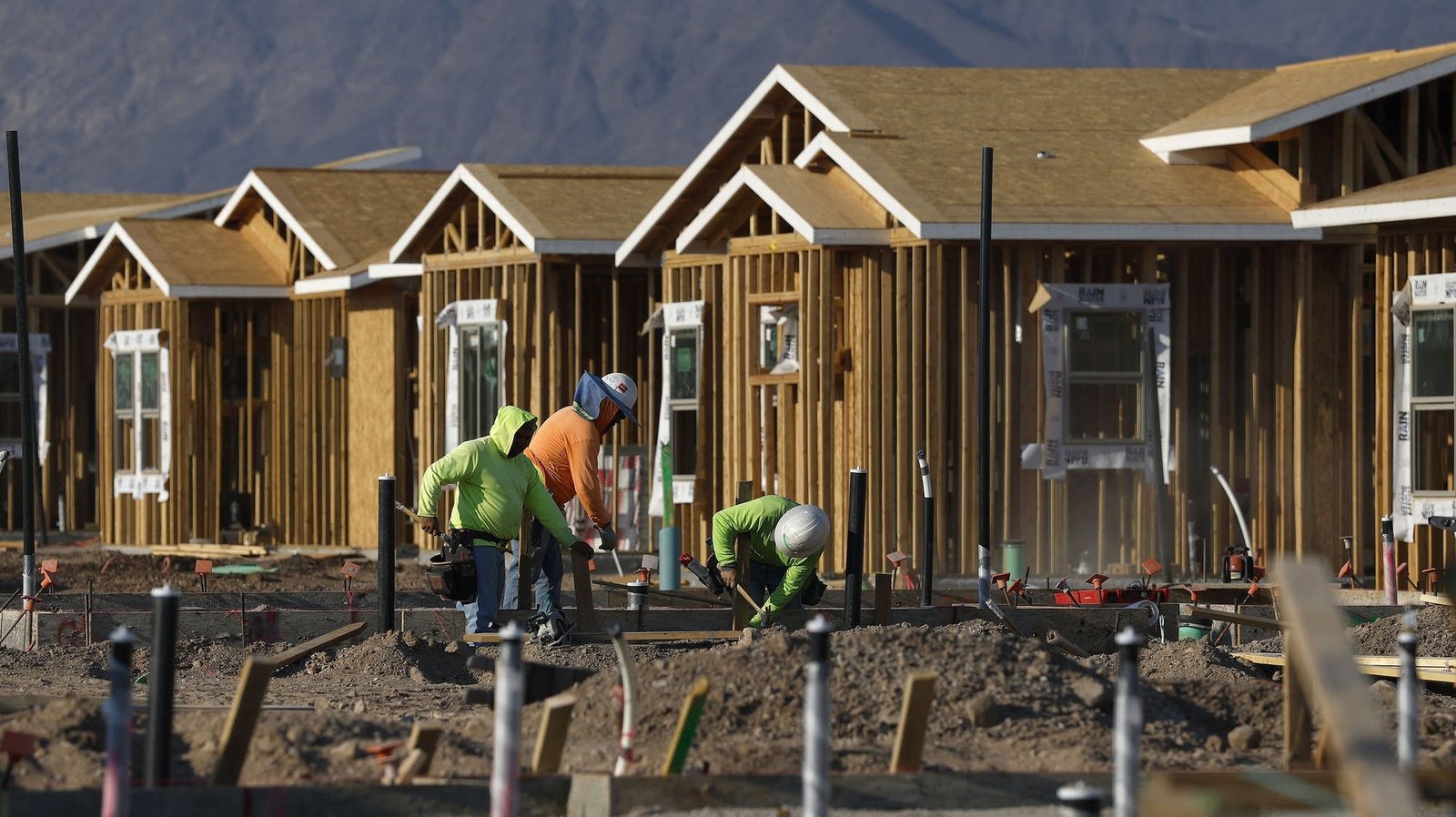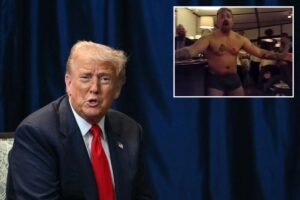
US-China talks draw up rare earth elements and halting tariffs for Trump and Xi to consider

Top Chinese and American economic officials on Sunday discussed the framework of a trade agreement for US President Donald Trump and Chinese President Xi Jinping to decide later this week that would halt tough US tariffs and export controls on Chinese rare earths, US officials said.
US Treasury Secretary Scott Besent said that talks on the sidelines of the ASEAN summit in Kuala Lumpur eliminated the threat of 100% tariffs imposed by Trump on Chinese imports, effective November 1.
Besant also said he expects China to delay implementation of the rare earth metals and magnets licensing system by a year while it reconsiders the policy.
Chinese officials were more cautious about the talks and did not provide any details about the outcome of the meetings.
Trump and Xi are scheduled to meet on Thursday on the sidelines of the Asia-Pacific Economic Cooperation (APEC) summit in Jeonju, South Korea, to sign the terms. While the White House has officially announced the upcoming talks between Trump and Xi, China has not yet confirmed that the two leaders will meet.
“I think we have a very successful framework for leaders to discuss on Thursday,” Besant told reporters after he and US Trade Representative Jamison Greer met with Chinese Vice Premier He Leveng and chief trade negotiator Li Chenggang in the fifth round of in-person discussions since May.
Besant said he expects the tariff truce with China will be extended beyond its Nov. 10 expiration date, and that China will revive its large purchases from the United States. Soybeans after not buying anything in September, while they prefer soybeans from Brazil and Argentina.
Besant told ABC’s “This Week” that U.S. soybean farmers “will feel good about what happens this season and the seasons to come for several years” once the terms of the deal are announced.
The two sides agreed to temporarily halt some punitive measures and found “a way forward where we can get more rare earths from China, and we can try to balance our trade deficit with sales from the United States,” Greer told “Fox News Sunday.”
Trump expects to reach an agreement and China suggests caution
Li Qinggang, China’s foreign minister, said the two sides had reached a “principled consensus” and would then conduct their own internal approval processes.
“The American position was strict, while China was firm in defending its interests and rights,” Lee said through a translator. “We have witnessed very extensive consultations and engaged in constructive exchanges to explore solutions and arrangements to address these concerns.”
Trump arrived in Malaysia on Sunday to attend the Association of Southeast Asian Nations summit, his first stop on a five-day Asian tour that is expected to culminate in a face-to-face meeting with Xi on Thursday in South Korea.
After the weekend talks, Trump spoke in a positive tone, saying: “I think we will reach an agreement with China.”
Trump had threatened to impose new 100% tariffs on Chinese goods and other trade restrictions starting November 1, in response to China’s expanded export controls on magnets and rare earths.
China controls more than 90% of the global supply of these materials, which are essential for high-tech manufacturing from electric cars to semiconductors and missiles.
The export controls and Trump’s threat of retaliation would disrupt a delicate six-month truce under which China and the United States have reduced tariffs that have quickly escalated to triple-digit rates on each side.
US and Chinese officials said that, in addition to rare earths, they discussed trade expansion, the US fentanyl crisis, US port entry fees, and the transfer of TikTok to US ownership.
Picente told NBC’s “Meet the Press” that the two sides should iron out the details of the TikTok deal, allowing Trump and Xi to “close the deal” in South Korea.
Talking points with the 11th include soybeans and Taiwan
On the sidelines of the ASEAN summit, Trump hinted at the possibility of holding meetings with Xi in China and the United States.
Trump said: “We agreed to meet. We will meet them later in China, and we will meet in the United States, either in Washington or at Mar-a-Lago.”
Trump’s talking points with Xi include China’s purchases of US soybeans, concerns about democratically ruled Taiwan, which China considers its territory, and the release of imprisoned Hong Kong media mogul Jimmy Lai.
The arrest of the founder of the now-defunct pro-democracy newspaper Apple Daily has become the most high-profile example of China’s crackdown on rights in Hong Kong.
Trump also said he would seek China’s help in US dealings with Moscow, as Russia’s war in Ukraine continues.
Tensions between the world’s two largest economies have flared in the past few weeks as a delicate trade truce, reached after the first round of trade talks in Geneva in May and extended in August, failed to prevent the United States and China from hitting each other with more sanctions, export restrictions and threats of stronger retaliatory measures.
China’s expanded controls on rare earth exports have caused global shortages. That has prompted the United States to consider banning software exports to China, from laptops to aircraft engines, according to a Reuters report.













Post Comment